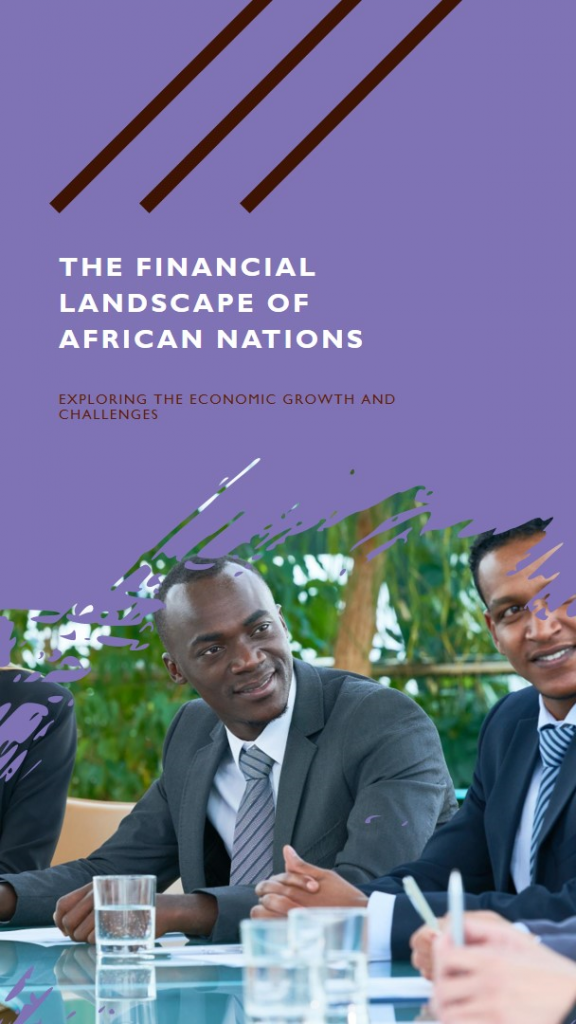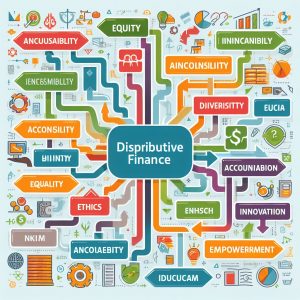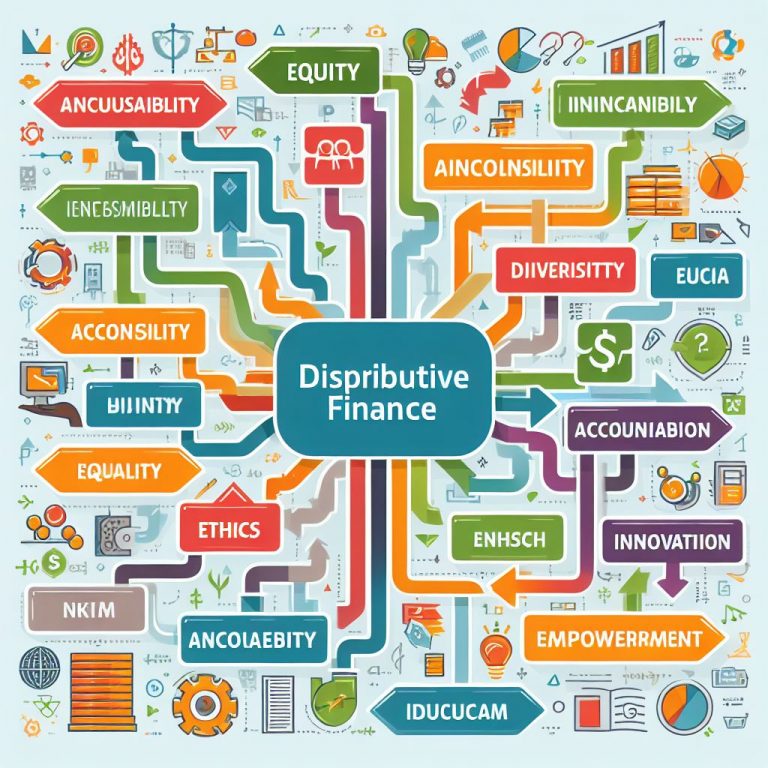Introduction
Over recent decades, Africa’s economic landscape has experienced profound transformations. This article examines the fiscal state of African nations towards the end of the 1990s and draws a comparison with their status in the early 2020s. We will investigate a variety of economic metrics, challenges, successes, and the overall developmental strides made by these countries.

Economic State in the Late 1990s
The African economies in the late 1990s were primarily marked by several challenges including substantial debt burdens, political unrest, and inadequate infrastructure. Post-colonial effects heavily influenced economic strategies, which often hindered growth. The economies were predominantly agrarian, with limited progress in industrial sectors.
Principal Factors Influencing 1990s Economies:
- Debt Burden: High levels of debt restricted investments in infrastructure and public services in many African countries.
- Political Turmoil: Conflicts, governmental overthrows, and unstable governance eroded investor confidence and economic steadiness.
- Dependence on Primary Commodities: Economies were vulnerable to international market volatility due to their heavy reliance on primary commodities.
Economic Scenario in the Early 2020s
By the early 2020s, there was a significant shift in Africa’s economic scenario. Numerous countries began diversifying their economic bases, moving towards service and technology sectors. There was an increase in foreign direct investments, with a focus on sustainable growth.
Significant Progress in the 2020s:
- Technological Advancement: The emergence of mobile banking, digital commerce, and technological startups revolutionized economic systems.
- Economic Diversification: Transition from dependency on commodities to a varied economic structure including sectors like tourism, manufacturing, and services.
- Enhanced Governance: Improvements in administration and stability in many countries cultivated a better environment for economic progression.
Comparative Examination
Economic Growth:
- 1990s: The growth rates were generally modest, impeded by the aforementioned difficulties.
- 2020s: A notable increase in growth rates, although varied across different countries.
Foreign Investment:
- 1990s: Limited due to perceived political and economic risks.
- 2020s: A surge in foreign investments, particularly in sectors like technology, energy, and infrastructure.
Living Standards:
- 1990s: Widespread poverty and low living standards.
- 2020s: An improvement in living standards, although poverty continues to be an issue.
Infrastructure Advancements:
- 1990s: Lack of substantial infrastructure development.
- 2020s: Major investments in infrastructure, including transportation, communication, and energy sectors.
Challenges and Prospects
Despite the progress made, African nations continue to confront various challenges such as poverty, the effects of climate change, and political instability in certain areas. Nonetheless, the increasing younger population, urbanization trends, and technological progress offer substantial prospects for further growth.

Conclusion
From the late 1990s to the early 2020s, African countries have witnessed remarkable improvements in their financial situations. While there are ongoing challenges, the strides in governance, economic diversity, and technological advancements signal a promising future for the continent’s economic landscape.
FAQs
- What were the primary economic challenges in Africa during the 1990s?
- Predominantly, high debt, political instability, and an agricultural-focused economy with limited industrialization.
- What impact has technology had on African economies in the 2020s?
- Technology, particularly mobile banking and digital commerce, has revolutionized economic activities, enhancing financial inclusivity and creating new market opportunities.
- Do economic disparities still exist among African countries in the 2020s?
- Yes, economic development varies, with some countries experiencing swift growth while others struggle with persistent issues.
- How significant is foreign investment for Africa’s economic development in the 2020s?
- Foreign investment plays a pivotal role, especially in sectors like infrastructure, energy, and technology, propelling economic growth and diversification.
- What does the future hold for African economies?
- The outlook is generally optimistic, with potential in the burgeoning youth demographic, urbanization, and technological progress, though challenges like poverty and climate change need to be addressed.















+ There are no comments
Add yours